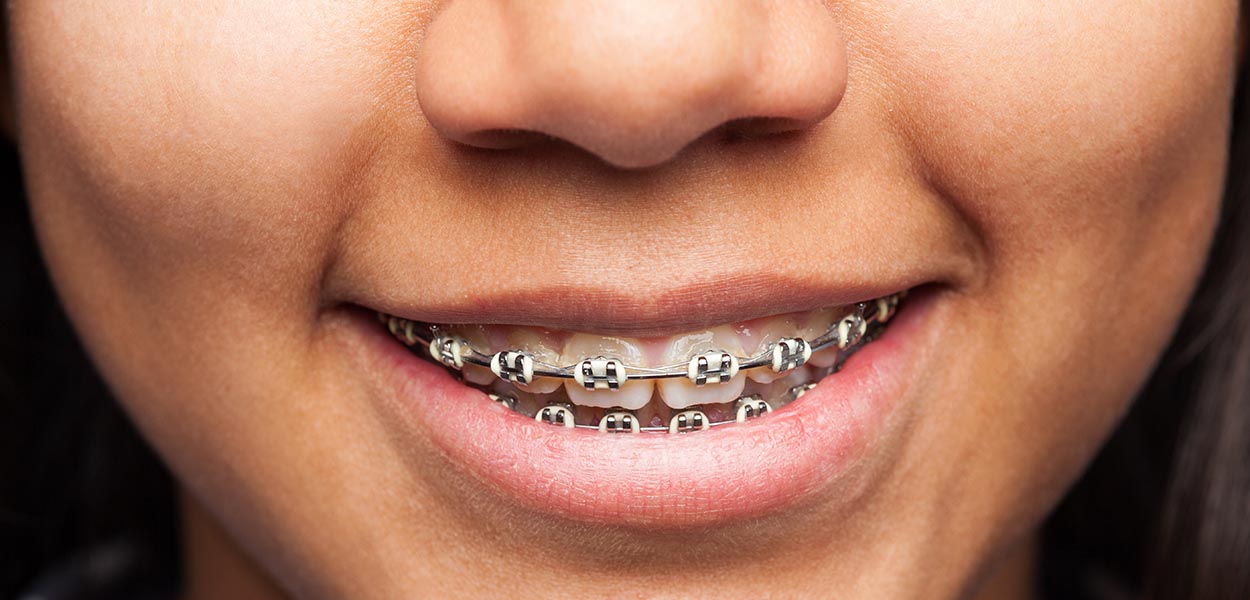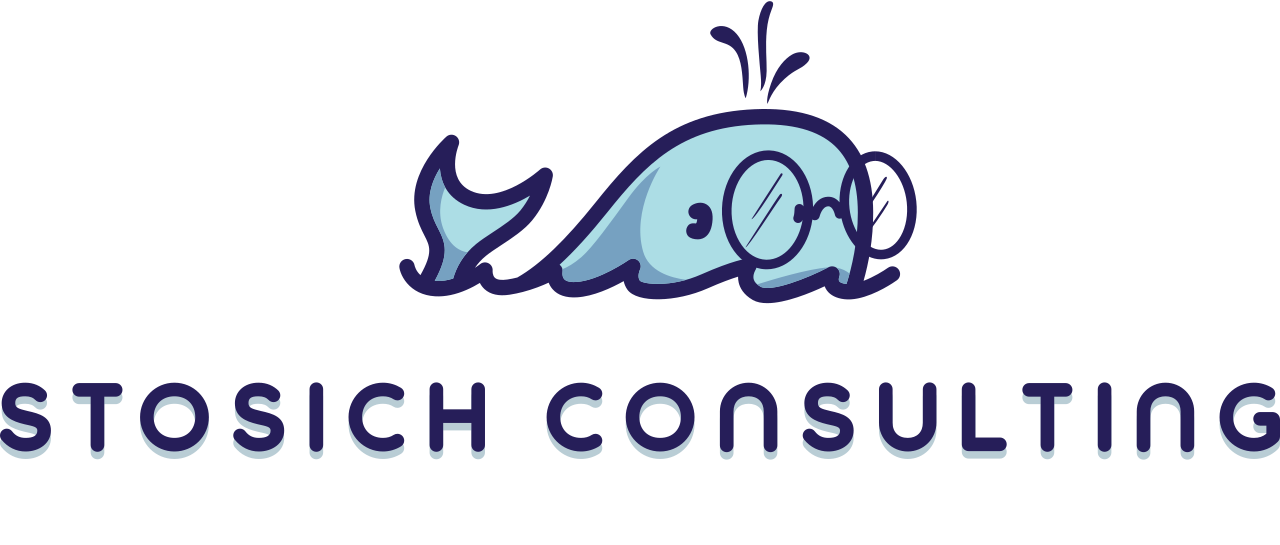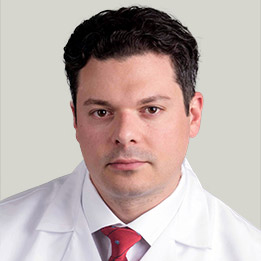Do Damon Braces Really Live Up to the Hype?

Kenilworth, IL – In the orthodontic world, we see technological advances all the time. Many are wonderful – sleeker and more efficient metal braces, advanced clear aligners that move teeth more effectively, and advances in imaging that gives us the clearest images possible. One advancement that has received a lot of hype in recent years is self-ligating braces. Companies such as Damon, one of the most common makers of self-ligating braces, make very big claims, such as higher levels of comfort and shorter treatment times. But are they accurate?
First, let’s talk about what self-ligating braces are.
Self-ligating braces consist of metal brackets and wires, just like traditional braces. However, instead of the standard ligature ties that consist of elastic rubber bands or metal ties, the brackets use special clips or slide doors that hold the archwire into the bracket. These clips claim to allow for more freedom in movement because they place less friction on the teeth. The companies also claim that teeth move faster and there is less need for extractions or palatal expansion.
But what does the science tell us? Dr. Michael Stosich debunks some of the most common claims made by self-ligating marketing.
Marketing: Self-ligating brackets align teeth faster.
Truth: Many peer reviewed studies have found this claim to be false. In fact, one study even found that initial alignment was slower with self-ligating brackets.
Marketing: Patients who se self-ligating braces have faster treatment times and fewer visits to the orthodontist.
Truth: Study after study tells us that self-ligating braces do not reduce treatment time, nor do they reduce the number of visits required to your orthodontist. The second part of this claim may be true – actual visits can be a bit faster because door or clips are faster to adjust than replacing ligature ties. But there is simply no evidence to suggest that self-ligating braces result in faster treatment times.
Marketing: Self-ligating brackets decrease the need for extractions or palatal expanders.
Truth: The goal of any orthodontic treatment is always to do tooth extractions as a last resort. This is one reason why we suggest that the first orthodontic visit happen at the age of seven. That’s because we can help guide the growth of the jaw in order to allow for the most ideal environment for the permanent teeth to erupt. And for some patients who present with deficiencies in jaw size, expansion is the best way to achieve this ideal environment. We can work to expand the palate and guide the growth of the jaw to ensure the permanent teeth can erupt properly. Even the most sophisticated braces system cannot increase deficiencies in jaw growth. The brackets and wires of braces do perform a kind of expansion, but this expansion happens within the jawbones themselves. If the jaw is deficient to begin with, no amount of orthodontic expansion can correct that, even using self-ligating braces.
Marketing: Self-ligating braces are more comfortable than traditional braces.
Truth: Evidence that self-ligating brackets are comfortable than traditional braces is inconclusive. One randomized and controlled study found no difference in comfort levels between self-ligating and traditional braces.
As Dr. Stosich has discussed many times before, it is always best to seek out the truth behind marketing claims by researching peer reviewed studies and talking to an experienced, certified orthodontist.
When you are seeking out orthodontic treatment, look past the marketing hype, and instead look to the experience and level of planning your orthodontist puts in to your treatment. That’s what you are really paying for. The powerful marketing claims simply don’t hold up when they are scientifically evaluated.
But what does hold up, time and time again, is the skill of the doctor. What really creates a more comfortable experience and faster and more efficient treatment times for you is the doctor’s ability and expertise in the technology. It is the doctor’s responsibility to find the treatments that work best for the patient, and use careful and precise scientifically backed planning to make that treatment work.
Many studies can be found that debunk these marketing claims:


